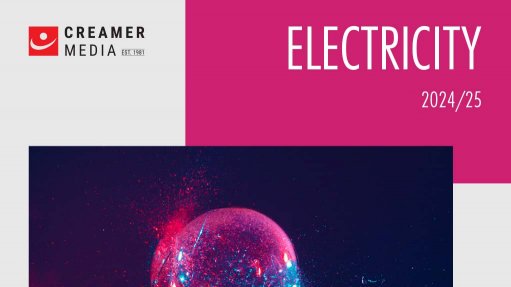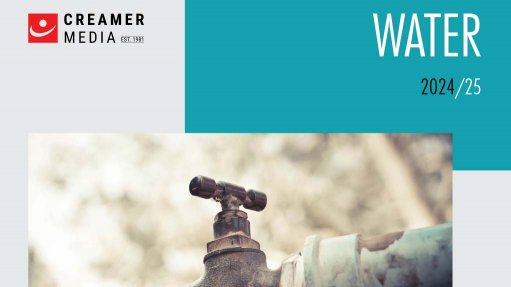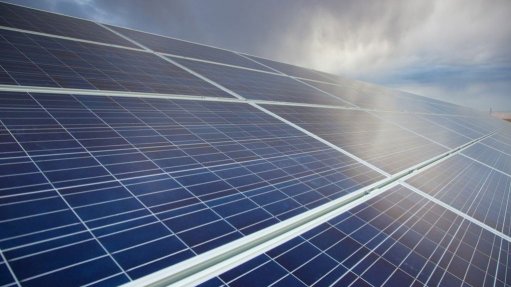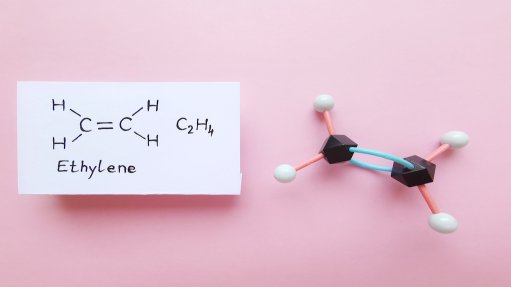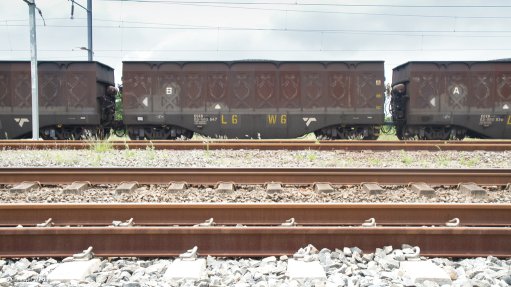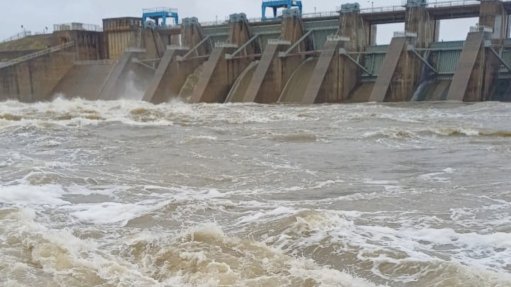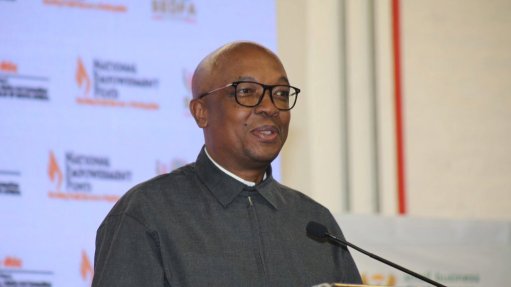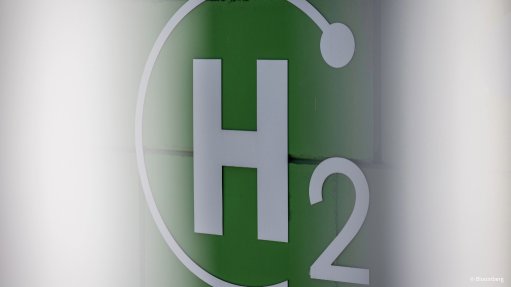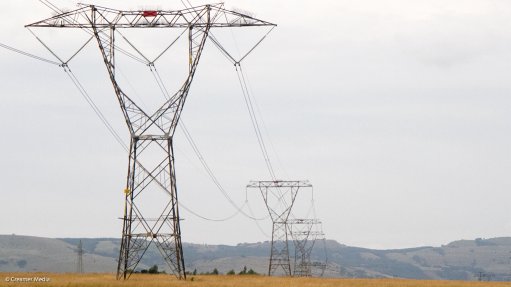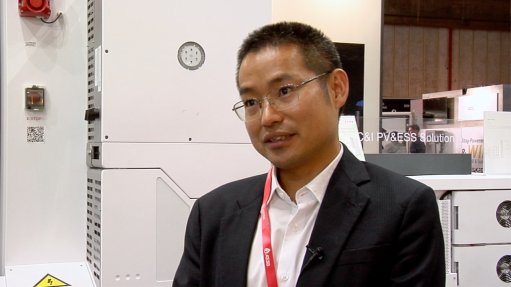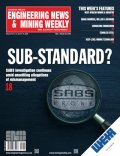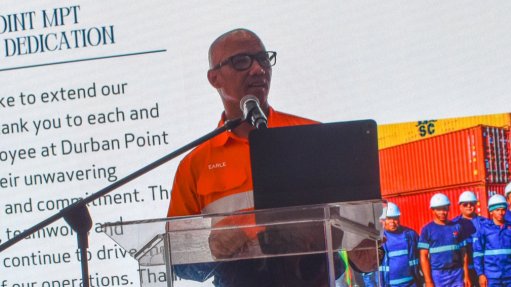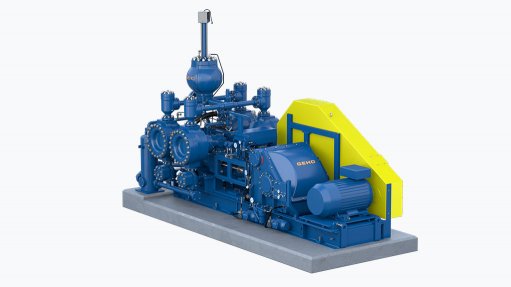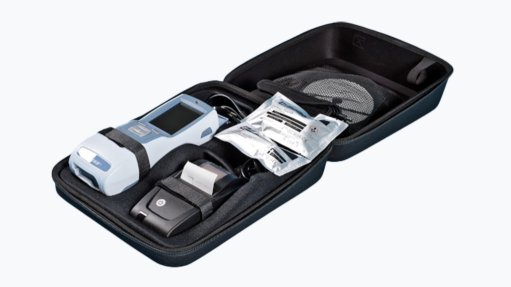The US National Science Foundation’s Engineering Research Center-funded Center for Compact and Efficient Fluid Power (CCEFP) has an ambitious research and education agenda in its aim to transform fluid power, says CCEFP education codirector Linda Western.
“This transformation will have a global impact by significantly reducing energy consumption, improving the quality of life and spawning whole new industries,” she says.
The CCEFP is made up of a network of researchers, educators, students and industry working together to transform how the fluid power industry is researched, applied and studied. It has an educational and outreach programme and carries out research projects.
The centre’s education and outreach programme is designed to transfer this know- ledge to diverse audiences, from students of all ages to users of fluid power and the general public.
Western states that more than 20 education and outreach projects are aimed at informing the general public about the ubiquity of fluid power and kindling the interest of precollege students in science, mathematics, engineering and technology subjects, in general, and fluid power, in particular. The projects are also aimed at ensuring that the next generation of engineering leaders understand fluid power technology and can envision its potential through efforts at university level and actively engag- ing with industry, facilitating a two-way knowledge transfer.
On the research side, the CCEFP aims to improve the energy efficiency of fluid power in current applications to improve the efficiency of transportation by developing fuel-efficient hydraulic hybrid vehicles to develop untethered portable human-scale fluid power devices and to make fluid power clean, quiet, safe and easy to use.
Western says that more than 30 researchers at seven US-based universities, together with their students and industry volunteers, are engaged in 25 research projects.
Projects are organised in three thrusts that achieve societal benefits. These include the creation of a new fluid power techno- logy that, with improved efficiency, will significantly reduce petroleum consumption, energy use and pollution and will make fluid power clean, quiet and safe.
The projects also aim to achieve a new fluid power technology with improved compactness that will exploit its attributes in a new generation of devices and equipment.
Western says that most of the projects are tied to work on four test-beds that span four orders of magnitude of power and weight. The four test-beds include mobile heavy equipment ranging from 50 kW to 500 kW, such as an excavator; highway vehicles ranging from 10 kW to 100 kW, such as a hydraulic hybrid passenger vehicle; mobile human-scale equipment ranging from 100 W to 1 kW, such as a compact rescue robot; and human assist devices ranging from 10 W to 100 W, such as in orthoses.
The first test-bed of the CCEFP outlines hydraulic power as the technology of choice for heavy off-road construction equipment, such as excavators, because of its massive power densities over other technologies. In a typical hydraulic excavator, flow from the main pump is routed through a control valve to the different actuators that allow the machine to drive, rotate and dig.
A new meterless architecture for an excavator will allow flow from several smaller pumps to be paired with each individual actuator, eliminating the main control valve, which improves overall efficiency by reducing pressure drop across the system. This also increases the efficiency of engine management and uses regeneration to capture energy that would otherwise be lost.
Current research at the CCEFP is focused on implementation of a hydromechanical drivetrain, which is the second test-bed and combines pumps or motors at each wheel with differentials, as well as a mechanical driveshift to provide an uninterrupted power flow over the entire speed range of the vehicle.
The hydraulic hybrid passenger vehicle is a standard automobile powertrain that consists of an engine, a transmission and a mechanical drive shift. A parallel hydraulic hybrid system can be made by adding a pump or motor, a clutch, an accumulator and a reservoir to the existing mechanical drivetrain. This provides extra power by storing the hydraulic pressure captured during regenerative braking. The stored energy is released to assist acceleration, which saves fuel and lowers emissions.
The CCEFP’s fluid power rescue robot is part of the third test-bed and it is untethered and remotely operated to showcase the many virtues of fluid power. A multileg configuration allows the robot to operate easily over difficult terrain. The teleoperational features of the robot will allow it to operate in hazardous environments too dangerous for humans.
A compact fluid power supply allows the mobile robotic device to transport itself to the rescue site without the weight burden of electric batteries, allowing it to carry more rescue supplies, equipment or tools. The lightweight fluid power source that propels the robot also drives the fluid power tools that it carries. The intrinsic high power-density of fluid power actuators makes these tools extremely forceful.
The initial focus of the fourth test-bed is the development of a novel ankle-foot orthoses (AFOs) for gait stabilisation. An AFO with its stringent packaging constraints was selected since the ankle joint undergoes cyclic motion with known dynamic profiles, and requires angle, torque, and power ranges that fit within the aims of the project.
The AFO systems must be compact, safe and simple to use to meet patients’ expecta- tions and promote the device’s use. Fluid power is ideal for applications like orthoses owing to its superior power to weight ratio.
The CCEFP reports that the successful design of an AFO will greatly improve the quality of life for patients suffering from different mobility challenges.
“In all of these projects, the centre strives to increase the diversity of students and practitioners in fluid power research and industry,” Western concludes. 


